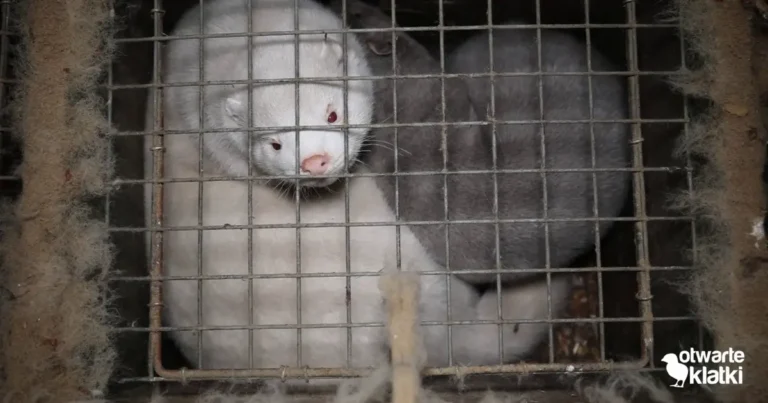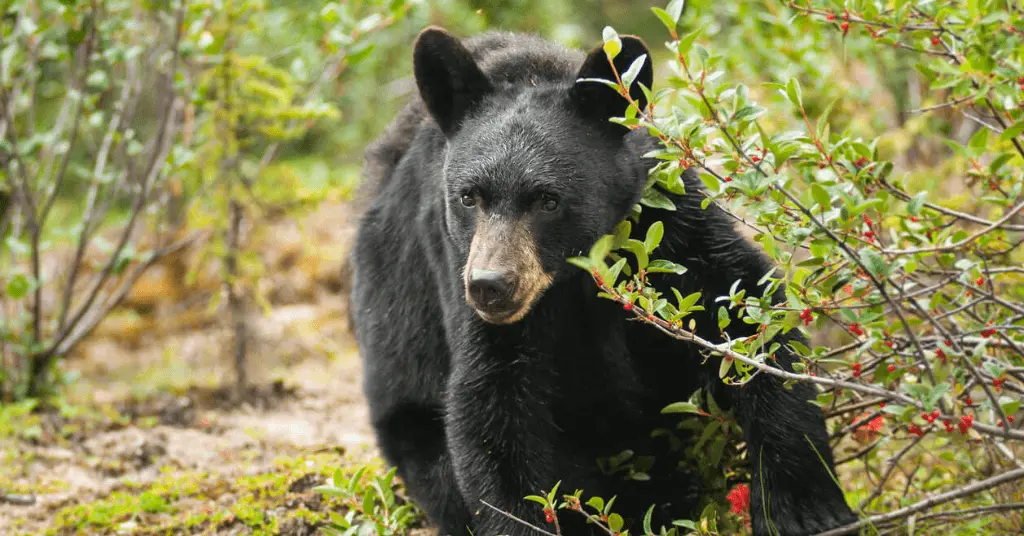
Photo by Jillian Cooper / Getty Images
By Holly Hastings – Volunteer writer
Protecting wildlife has the added bonus of helping protect biodiversity through seed dispersal. But what exactly is seed dispersal, and how does it end up affecting humans?
Plants have evolved various mechanisms to entice animals into dispersing their seeds. Some plants produce fruits that encase their seeds. The fruits have aromas, attractive appearances, specific colouring, and most importantly, delicious flavours to tempt an animal to eat them. The ingested seeds then embark on a journey throughout the animals’ digestive system. Animals themselves unintentionally become seed dispersers.
Seed dispersal by animals is called “zoochory.”1
When the seeds are deposited in new and different environments, they have a chance to establish themselves and experience reduced competition with their parent plant or other species of plants.2 This mutualistic relationship benefits both plants and animals. The plant gains a broader distribution of seeds (and being wrapped in fertilizer that no doubt helps the new plant grow), and the animal receives nutrients and sustenance from the fruits. It is a particularly fascinating corner of ecology that showcases the interconnectedness of plants and animals.
This helps animals and plants, but how does this affect humans? There are many ways in which seed dispersal affects humans that we may take for granted day-to-day. For example, here is a list of some of the ways we are positively intertwined with seed dispersal:
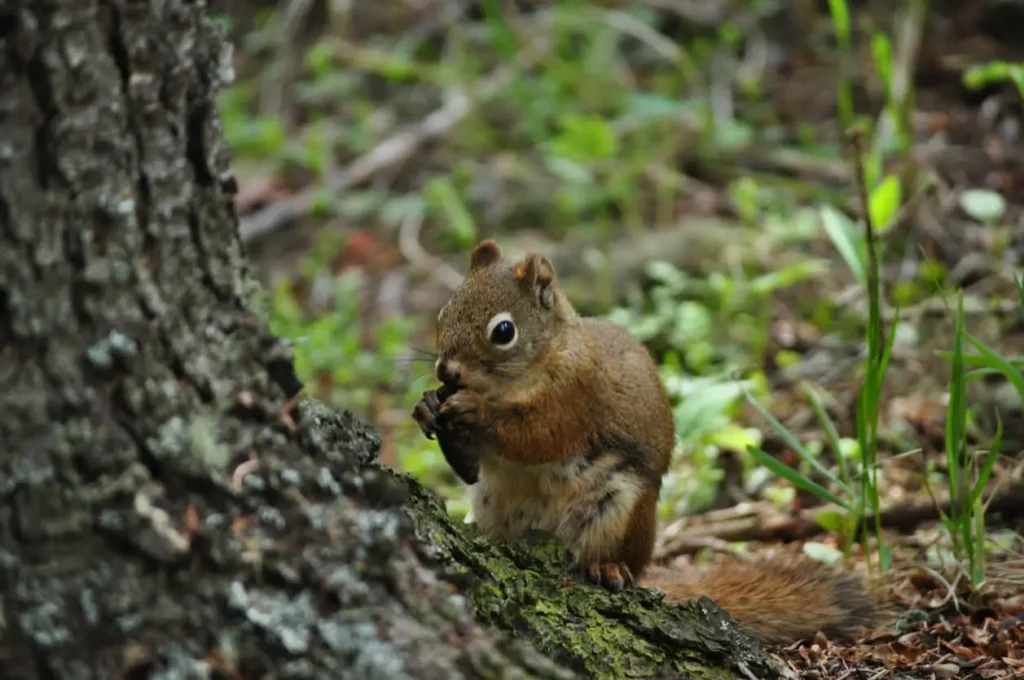
1 Ecological Balance: Seed dispersal contributes to the regeneration of plants, maintaining balance by preventing dominance of a single plant species, and the resulting diverse ecosystem as a whole is more resilient to environmental changes.
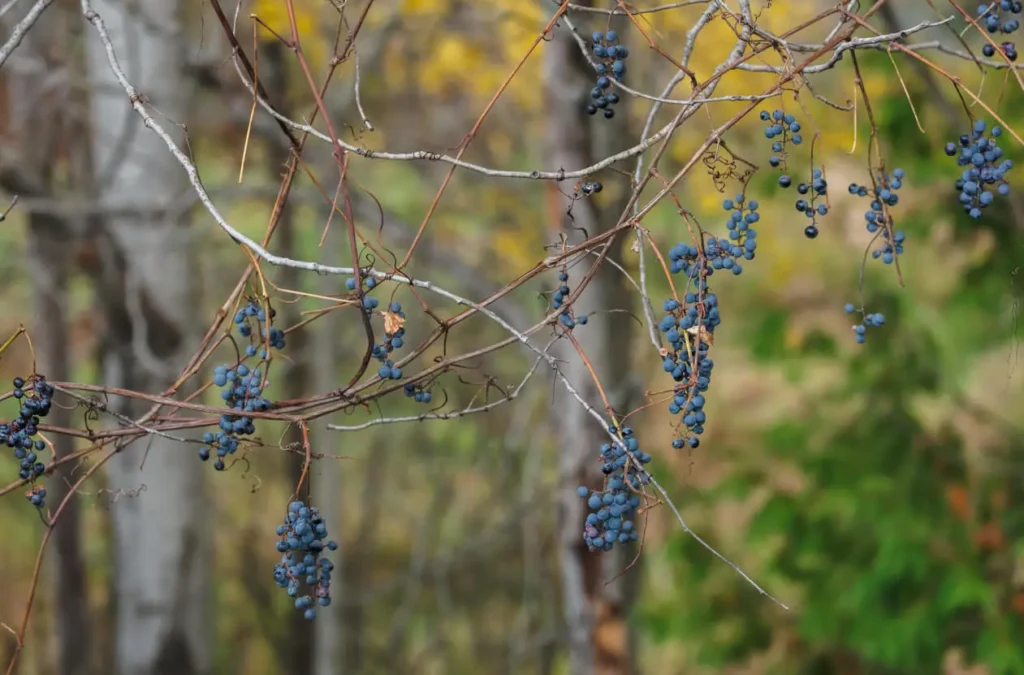
2 Food Production: Many plants that provide food for us rely on animal seed dispersal for reproduction. Plants make their fruits (containing the seeds) appetizing for animals, ensuring their spread and growth.
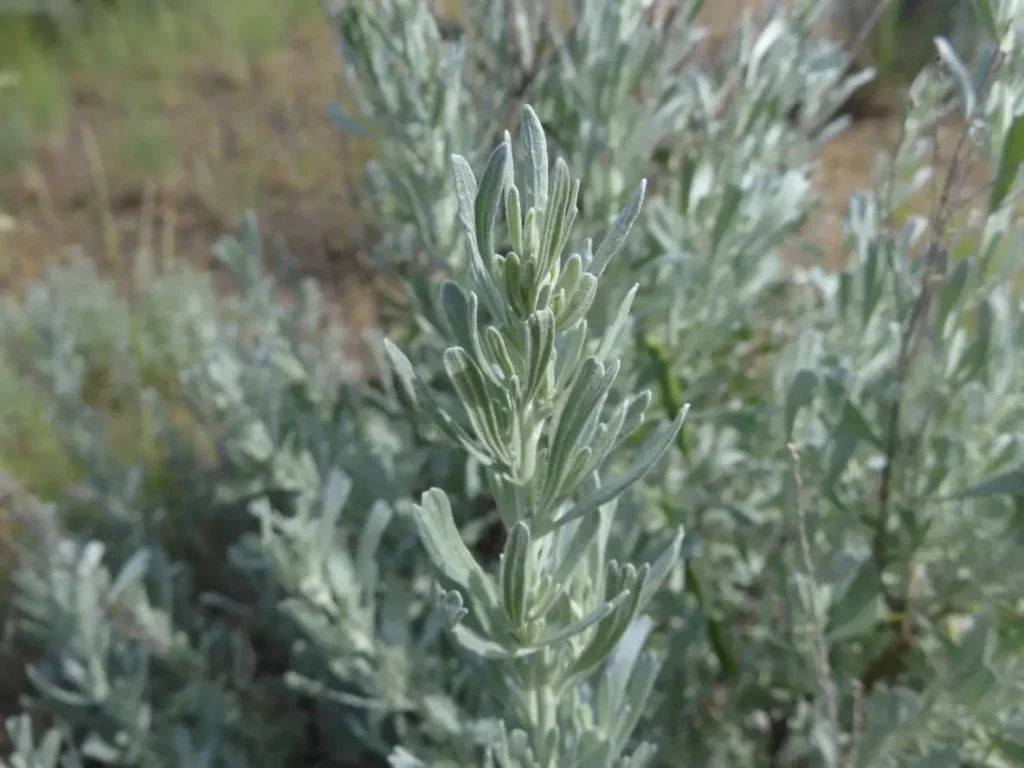
3 Medicinal Resources: Biodiversity achieved by seed dispersal produces plants that may have medicinal effects and is especially important for traditional medicine.
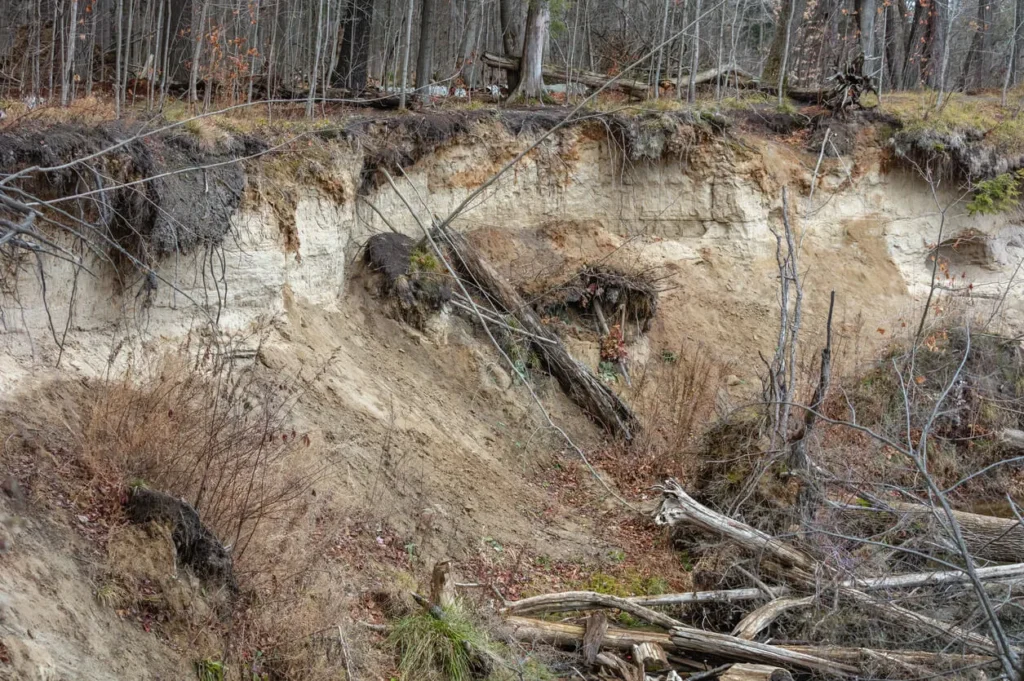
4 Erosion Control: Plants that grow from dispersed seeds can help to stabilize soil that may be eroding due to agriculture.
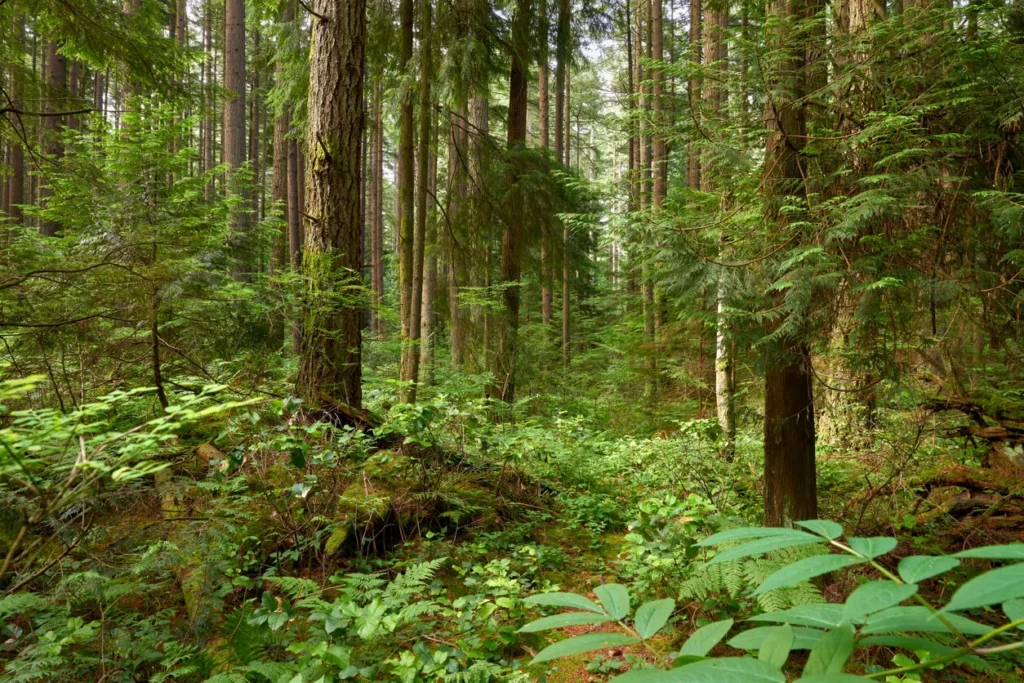
5 Carbon Sequestration: Seed-dispersed forests act as carbon sponges, absorbing and storing carbon dioxide and mitigating the impacts of climate change.
Of course, plant populations and forests can be human-made, but seed dispersal influences plant evolution to achieve a continuous stream of different plants. By spreading seeds in different locations and environments, animals indirectly produce new varieties of plant species (plants will evolve different traits to adapt and survive in different environments, and that can potentially produce new species after many generations).
These vast varieties reproduce and create further species, meaning evolution has occurred. This is important for many reasons. Humans cannot create natural species variety; we may blend existing species to create another, but we cannot cheat natural selection overall.
FUN FACT: the process of evolution relies on gene mutations; these can be good or bad in terms of a species’ survival. If the species survives to adulthood and reproduces, these genes will be passed on to its offspring and so on. Humans cannot create these random mutations. Therefore, we are forever indebted and will rely on nature. This is one excellent reason why ecosystem health and biodiversity are essential.
Just as mono-crop agriculture is weak to invading predators that can wipe out an entire field – biodiverse forests have more opportunities to adapt and evolve with the help of seed dispersers. Recognizing animals’ crucial role in this process highlights the importance of conservation efforts to protect these seed-dispersing species.3
Did you know that beavers play an essential role in maintaining Water Lily populations through seed dispersal?4
This article was written by volunteer Holly Hastings on behalf of The Fur-Bearers. Holly is completing an MSc in Geography at the University of Calgary, focusing specifically on urbanization’s influence on wildlife evolution in hopes that her findings can help to produce more effective mitigation strategies for coexistence. She has been writing public education articles on how to exist safely with wildlife since 2019 and enjoys every minute of it.
Would you like to be a volunteer writer? Find out more about volunteering by clicking here.
- “Seeds – the means of dispersal.” Last modified October 19, 2018. https://www.woodlands.co.uk/blog/flora-and-fauna/seeds-the-means-of-dispersal/
- Graeme D. Ruxton and H. Martin Schaefer. “The conservation physiology of seed dispersal.” Philos Trans R Soc Lond B Biol Sci.(2012): 1708–1718. https://www.ncbi.nlm.nih.gov/pmc/articles/PMC3350653/
- V. Wehncke. “Seed Dispersal and Conservation.” Encyclopedia of Animal Behavior, (2010): 119-124 https://www.sciencedirect.com/science/article/abs/pii/B9780080453378003272
- “Beavers and Water Lillies – An Introduction to Zoochory”. Awkward Botany. Last modified September 28, 2016. https://awkwardbotany.com/2016/09/28/beavers-and-water-lilies-an-introduction-to-zoochory/
